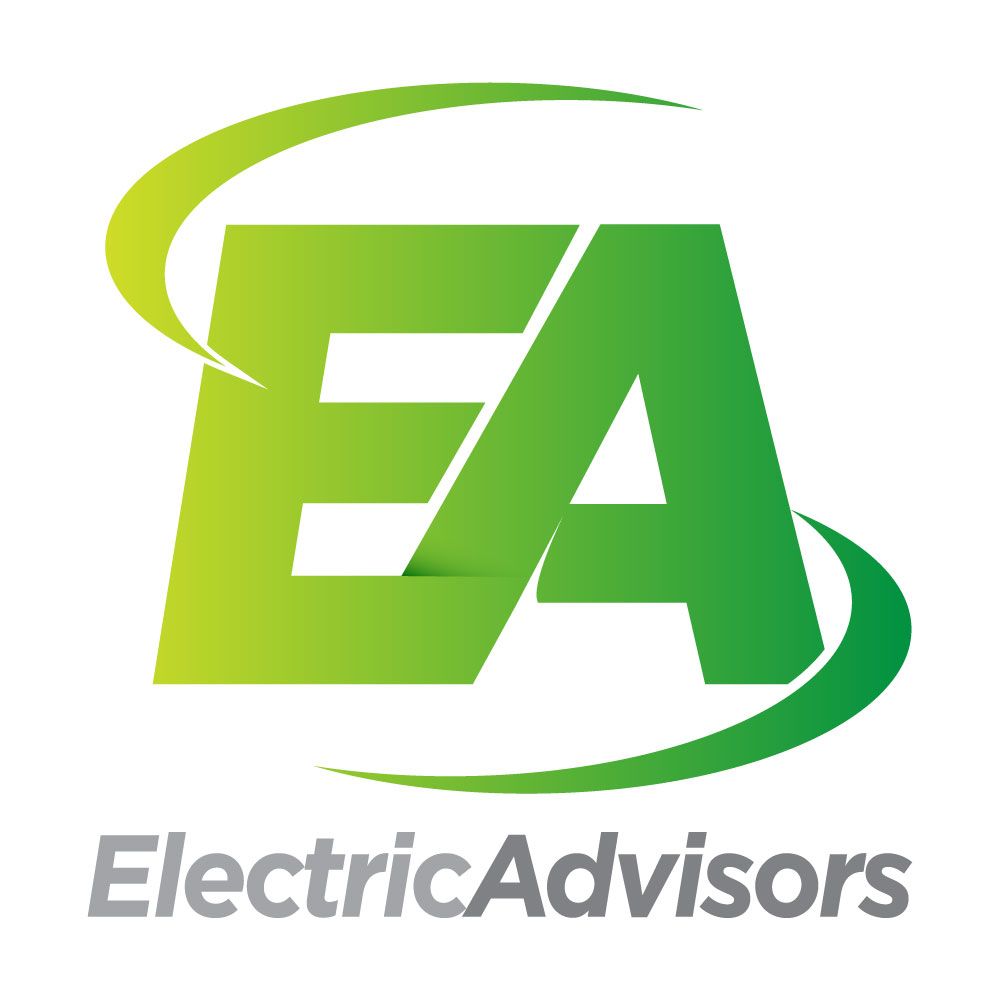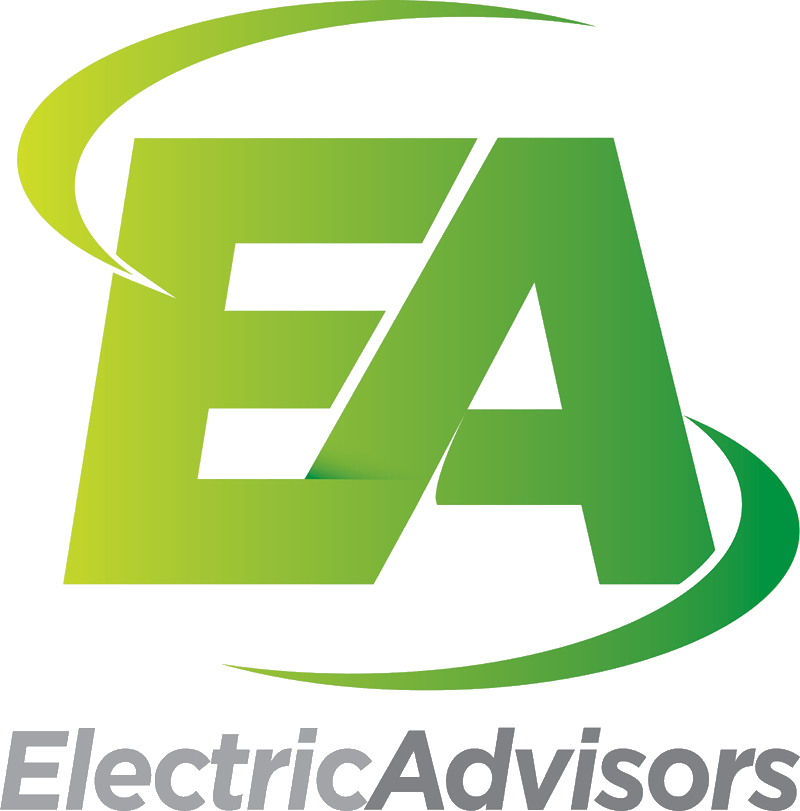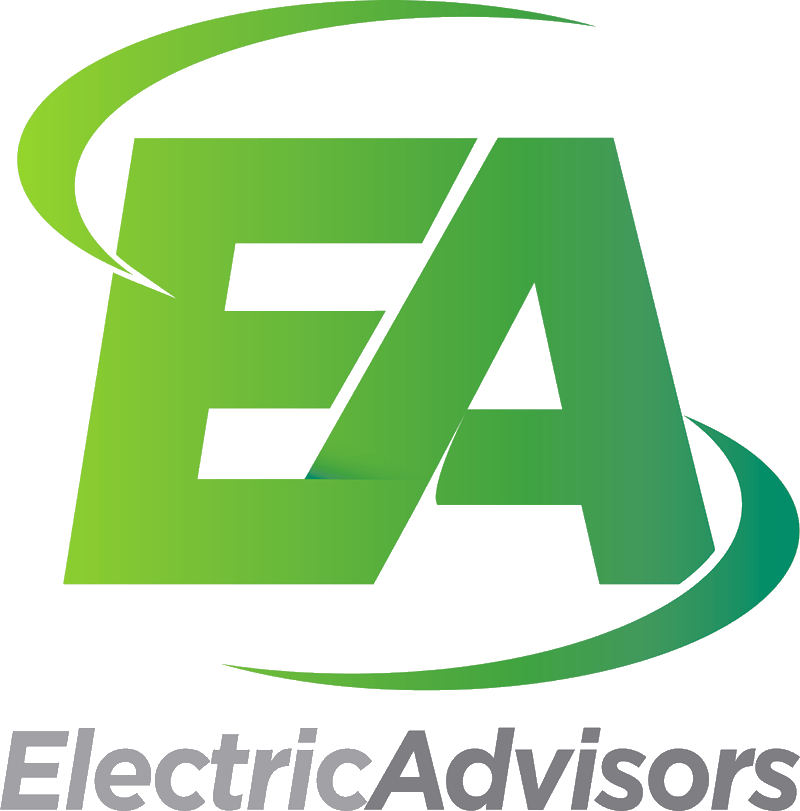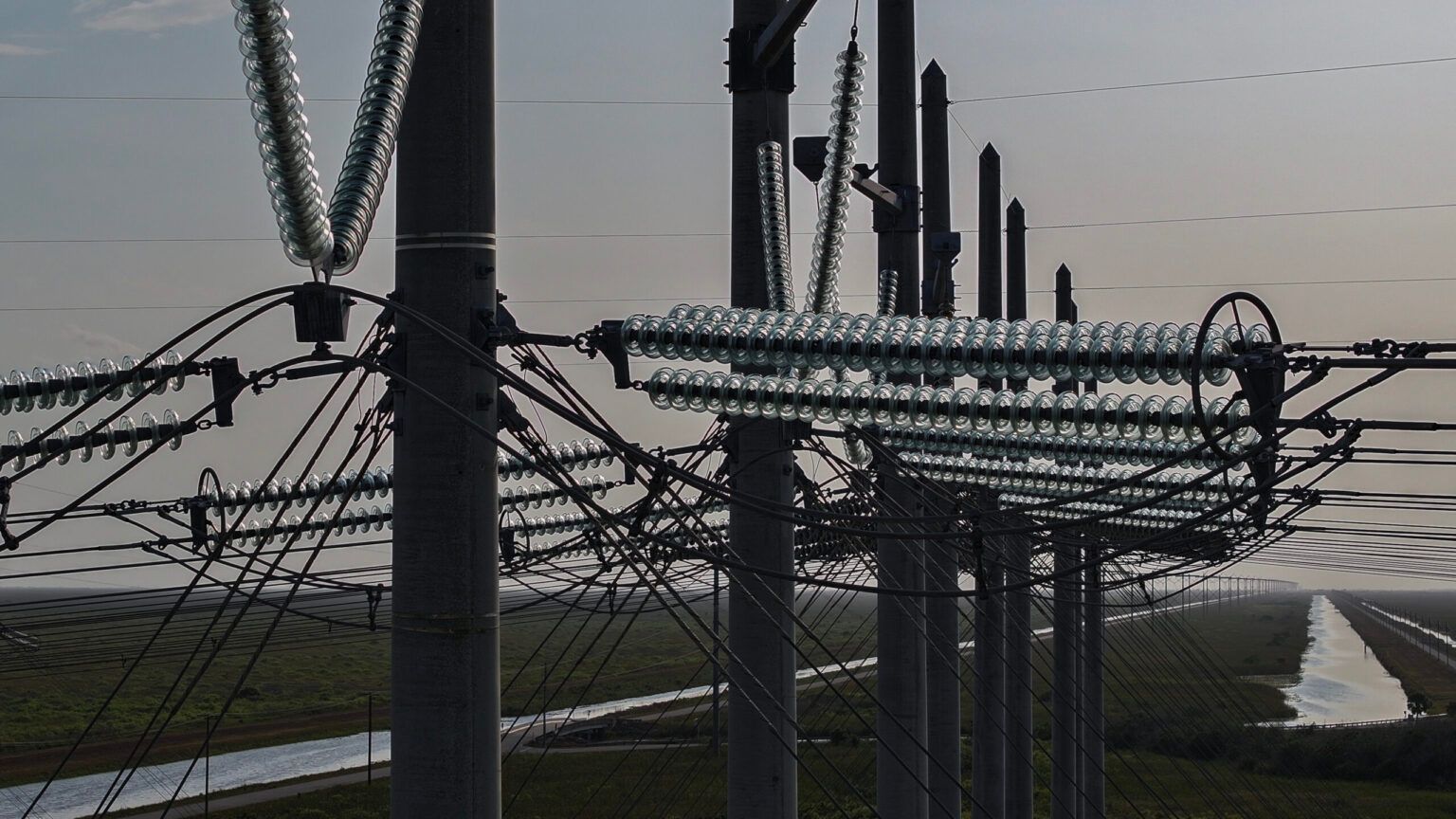Recent Temp Dip Has Minimal Impact On Natural Gas Prices
For the Week Ending 1-25-2013
We are experiencing the coldest temperatures of the winter season, but the current cold snap has so far failed to significantly budge the energy markets. For this seven-day report period, the average 12-month price for natural gas on the New York Mercantile Exchange (NYMEX) dropped by less than 1% and the 12-month average price for peak power on the PJM rose by less than 1%.
Despite this week's colder-than-normal temperatures, the month of January overall has still been 10% warmer than historical averages. Additionally, as we've mentioned before, December 2012 was 23% warmer than normal. The current winter temperatures have not been cold enough to cause a serious degradation of the natural gas storage bubble. In fact, the natural gas storage report shows that storage levels were 12% above the five-year average.
Next week, all eyes will be focused on the new storage report because those natural gas withdrawal numbers will take into account the cold weather currently affecting much of the country.
Stay tuned. Despite the fact that several days next week are predicted to be warm, the extended forecast from AccuWeather for the Washington, D.C. region (view details) calls for colder-than-average temperatures during the week of January 31 - February 3, 2013.


All Rights Reserved
Stay Connected
We will get back to you as soon as possible.
Please try again later.


